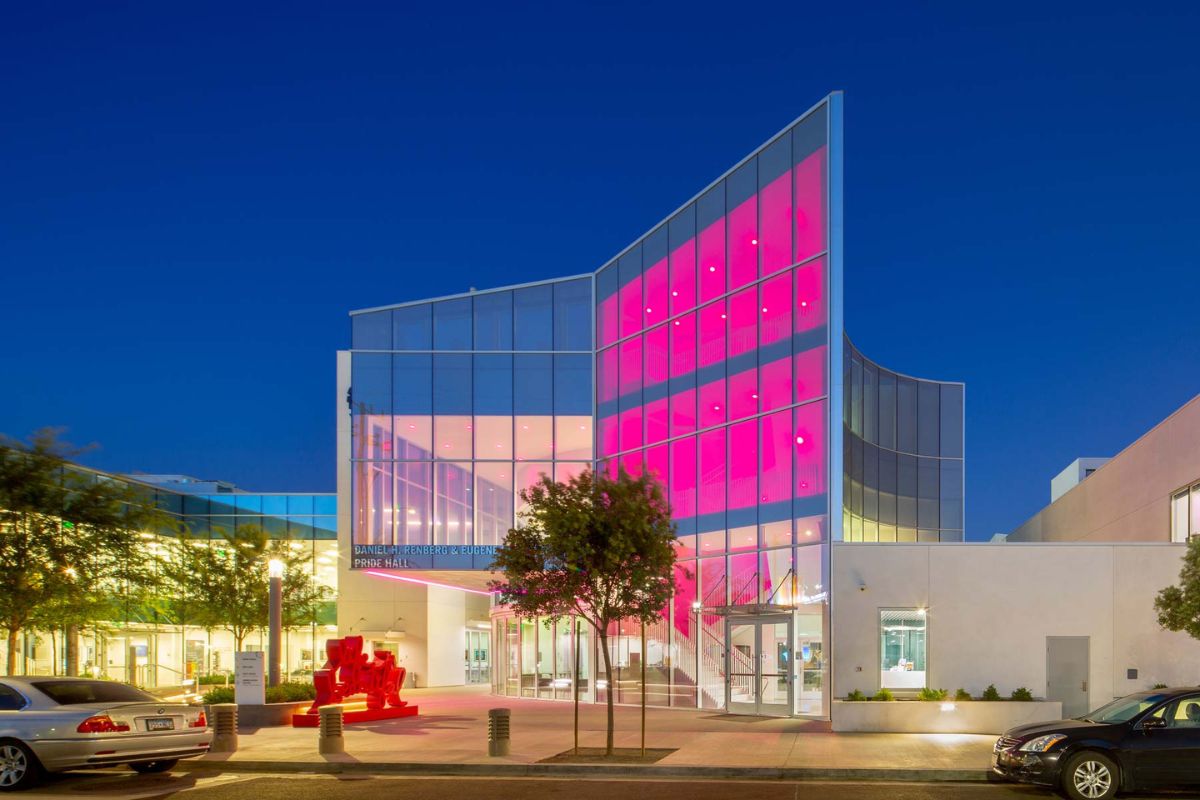Equity Diversity and Inclusion (EDI)
Equity, diversity, and inclusion are critical to building an innovative and thriving profession. Recognizing, embracing, and valuing the unique contributions of every individual can create more opportunities, challenge biases and discrimination, and foster a more inclusive and equitable world.
Promoting fairness and social justice
Equity ensures that everyone has equal access to opportunities and resources, regardless of their background, identity, or characteristics. It seeks to address historical and systemic disadvantages that certain groups have faced. By promoting equity, EDI helps to create a more just and fair society.
Fostering innovation and creativity
Diversity brings different perspectives, experiences, and ideas to the table. When diverse individuals collaborate and contribute their unique insights, it leads to more innovative problem-solving and decision-making. Inclusive environments that value and respect diversity encourage individuals to share their perspectives and contribute to creative solutions.
Enhancing organizational performance
Inclusive workplaces that embrace diversity tend to outperform their peers. Studies have shown that diverse teams and organizations are more adaptable, resilient, and better equipped to navigate complex challenges. By leveraging the strengths and talents of diverse individuals, organizations can improve productivity, attract top talent, and better apply design thinking to solve challenges in the built environment.
Meeting the needs of diverse clients and communities
In today’s globalized and interconnected world, businesses, institutions, and organizations interact with diverse communities and customers. To effectively engage and meet the needs of these diverse stakeholders, it is crucial to have an inclusive and diverse workforce. By reflecting the diversity of their customers and communities, organizations can gain valuable insights and build stronger relationships.
Creating a positive work environment
Inclusive and diverse workplaces foster a sense of belonging, where individuals feel valued, respected, and empowered to contribute their best. This promotes employee engagement, satisfaction, and retention. When employees feel supported and included, they are more likely to thrive, be productive, and collaborate effectively.

Achieving EDI in Your Firm
Adopting equity, diversity, and inclusion (EDI) principles in an architecture firm involves creating and adopting practices that promote fairness, representation, and equal opportunities for all individuals, regardless of their background or identity. Across the profession, these seven elements are critical to creating a culture that embraces equity, diversity, and inclusion:

EDI for Architects
Designing for EDI. A diverse and inclusive approach to architectural design aligns with the evolving social and cultural values of our time. Architects play a significant role in shaping the built environment and have a profound impact on people’s lives. Creating spaces that are inclusive and accessible to all individuals, regardless of their background, abilities, or identities is not only an ethical responsibility of architects but promotes social responsibility by addressing the needs and aspirations of diverse communities.

EDI, Emerging Professionals, and Meaningful Contributions
Architecture has the power to shape social interactions, support community development, and address systemic issues such as poverty, discrimination, and inequality. Emerging professionals can make meaningful contributions and create a built environment that is fair, equitable, and supportive of all individuals and communities.

EDI for Students
The world is becoming increasingly diverse, interconnected, and conscious of social justice issues. To remain relevant and responsive, architectural education must ensure students are prepared to meet the evolving needs and expectations of clients, users, and society at large. Weaving EDI education within the architecture school curriculum instills a sense of social responsibility, encouraging students to design spaces that address social inequalities, improve accessibility, and promote social justice. It empowers students to become advocates for marginalized groups and contribute to positive change in society through design.